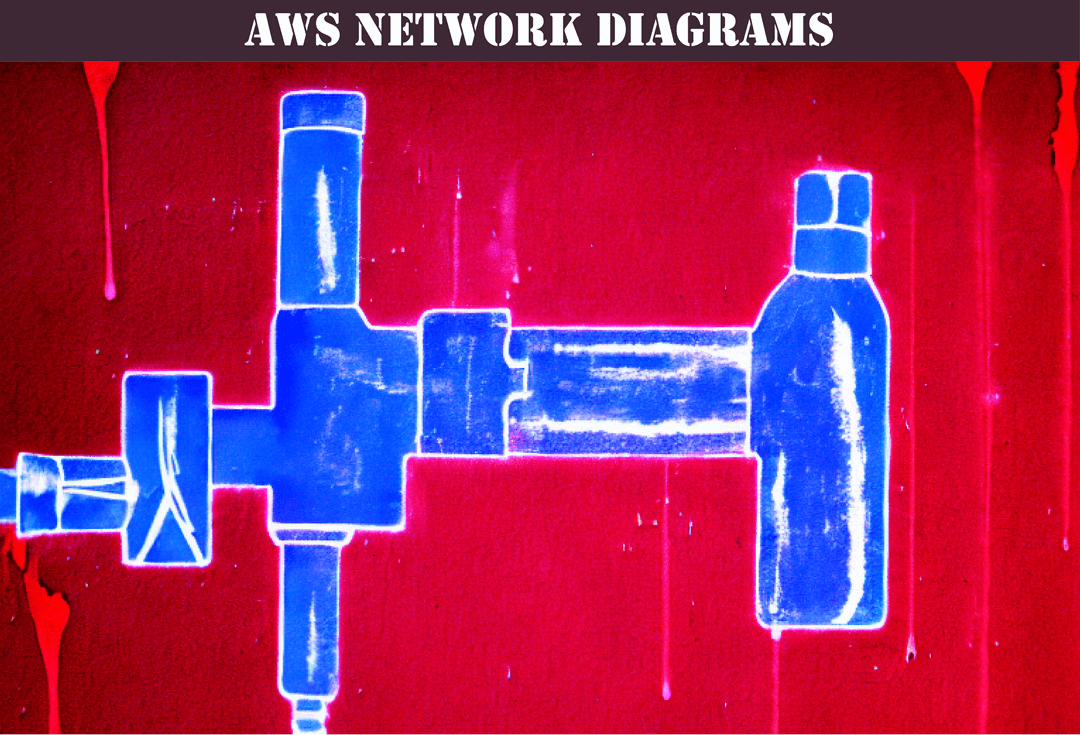How To Design AWS Network Diagrams in 2025

As a Managed Service Provider (MSP) specializing in documentation, "Optimized Documentation" has helped many clients standardize their diagrams across all clients using Cloudockit and hava.io. In this article, we will provide a comprehensive guide on how to design AWS network diagrams using these tools. We will also highlight the importance of a well-thought-out documentation strategy, and how it can save time and resources for MSPs.
Introduction
Designing an AWS network diagram can be a daunting task, especially for MSPs who manage multiple clients with complex infrastructures. However, it is a crucial step in ensuring that the network is secure, resilient, and scalable. AWS offers a range of tools and services that can be used to design and deploy network architectures, but choosing the right one can be challenging.
The Best Tools for AWS Network Diagrams
There are several tools available that can be used to design AWS network diagrams. However, two tools that stand out are Cloudockit and hava.io. Both these tools are easy to use, offer a range of features, and can be used to create different types of diagrams, including network diagrams.
Cloudockit
Cloudockit is a cloud-based documentation tool that can be used to generate diagrams for AWS, Azure, and Google Cloud. It offers a range of features that can help MSPs standardize their documentation strategy, including the ability to generate network diagrams automatically. Some of the key features of Cloudockit include:
- Automated documentation generation
- Customizable templates
- Easy to use interface
- Collaboration features
MSPs can use Cloudockit to generate network diagrams for their clients quickly and easily. The tool also allows them to customize the diagrams to match their client's requirements and branding.
Hava.io
Hava.io is another cloud-based diagramming tool that can be used to create AWS network diagrams. It offers a range of features that can help MSPs design and deploy secure and scalable network architectures. Some of the key features of hava.io include:
- Automatic diagram generation
- Visual representation of the network
- Easy to use interface
- Collaboration features
MSPs can use hava.io to generate network diagrams for their clients and provide them with a visual representation of their network architecture. The tool also offers collaboration features that allow MSPs to work with their clients and other team members.
Designing AWS Network Diagrams
Designing AWS network diagrams can be a complex process, but it can be simplified by following these steps:
Step 1: Define the Scope
The first step in designing an AWS network diagram is to define the scope of the network. This includes identifying the resources that will be used, the services that will be deployed, and the security requirements.
Step 2: Identify the Components
The next step is to identify the components that will be used in the network. This includes EC2 instances, RDS instances, load balancers, and other resources.
Step 3: Determine the Connectivity
The next step is to determine the connectivity between the components. This includes identifying the protocols, ports, and security groups that will be used.
Step 4: Draw the Diagram
The final step is to draw the diagram using the chosen tool. MSPs can use Cloudockit or hava.io to create a diagram that accurately represents the network architecture.
Conclusion
Designing AWS network diagrams can be a daunting task, but with the right tools and knowledge, it can be a breeze. We've explored two popular managed service provider vendors, Cloudockit and hava.io, and discussed how they can be used to create comprehensive network diagrams.
Furthermore, we've emphasized the importance of having a well thought out documentation strategy, and how it can save valuable time and resources in the long run. As a Managed Service Provider specializing in documentation, Optimized Documentation understands the importance of standardizing diagrams across all clients, and has the expertise and experience to help achieve this.
By using the right tools and strategies, designing AWS network diagrams can be made easier and more efficient. We encourage you to explore the resources and vendors mentioned in this article, and to consider the benefits of a solid documentation strategy.
Thank you for reading, and we hope this article has been helpful in your journey towards creating comprehensive and effective AWS network diagrams.